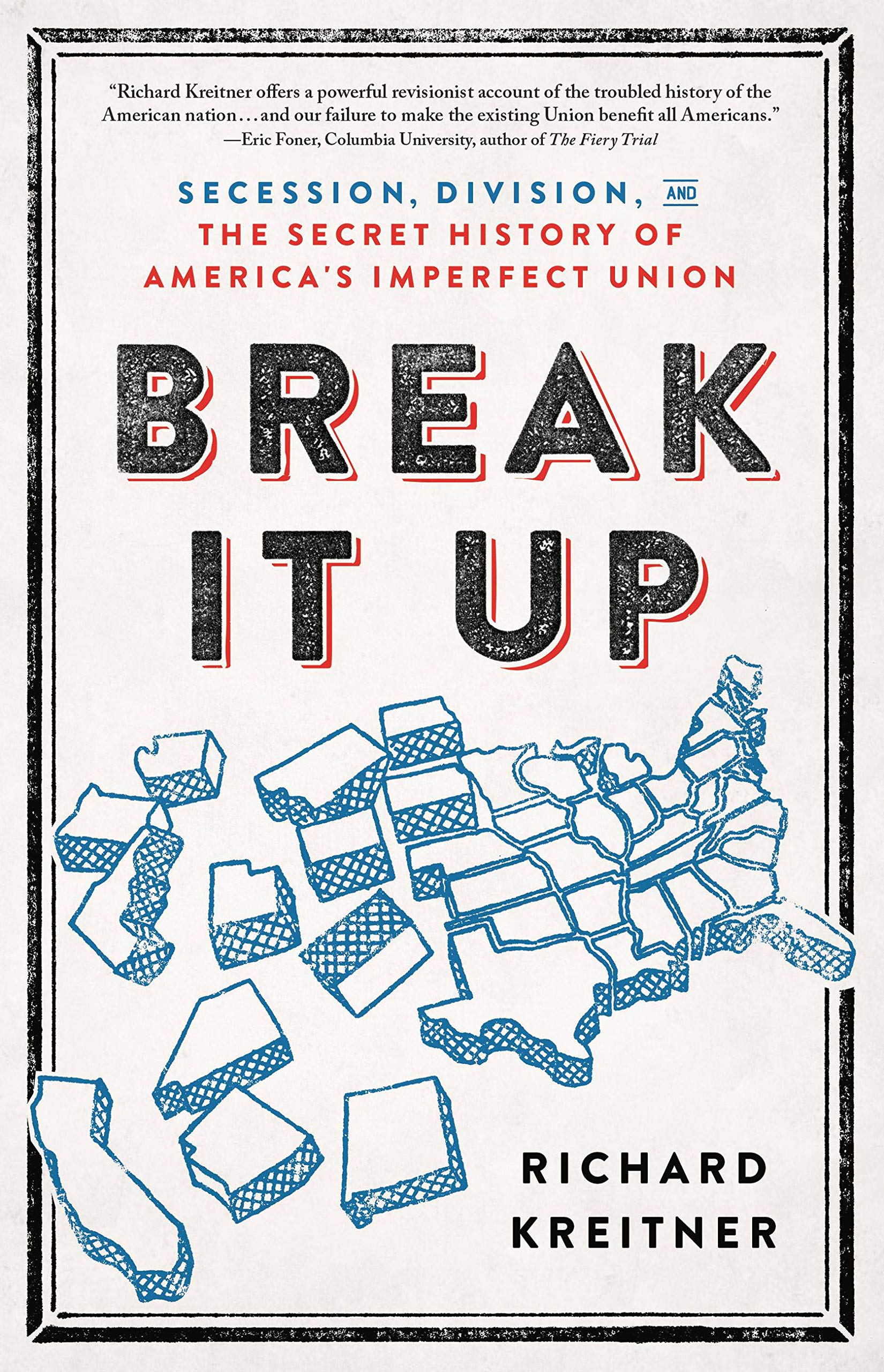What do you think?
Rate this book


497 pages, Kindle Edition
First published August 18, 2020


“Fire and frost are not more opposite in their natures than those characters are. One editor observed of Jefferson and Adams.”
“Republicans were appalled ‘by measures more worthy of the eighth or ninth century’. Jefferson wrote, than of an age of enlightenment like their own.”
“…Ron Chernow, in his Hamilton biography has his hero utter [a certain quote] several days later as he lay prostrate on his deathbed. Burr’s bullet lodged near his spine.”One gets the impression the narrator is reading the words one at a time with no real comprehension of the thematic content.